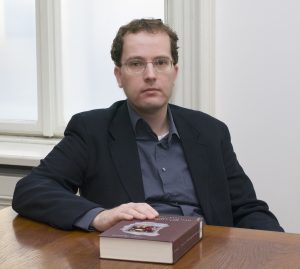Our main focus in this class will consist in Jewish experiences with cities in the twentieth century. Geographically, our center of attention will be Central and Eastern Europe (with our main – but not exclusive – emphasis on territories that, at one point or the other, came under Soviet rule); chronologically, we will concentrate (unevenly) on the period between the end of the First World War and the end of the Soviet Union. In particular, the Holocaust and the Second World War were events of central and terrible importance for this period and area. Accordingly, we will pay special attention to them.
At the same time, we will also include some readings and discussions to put these experiences, places, and times into further contexts. Thus, for instance, we will also read and discuss work which reaches beyond Eastern and Central Europe to highlight the crucial issue of intercontinental migration and works which consider non-Jewish experiences as well as the post-Soviet period.
This course forms a part of Jewish History and the Multiethnic Past of East Central Europe: Societies, Cultures, and Heritage summer school.

